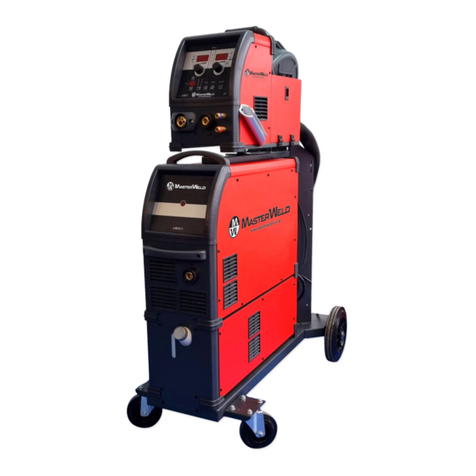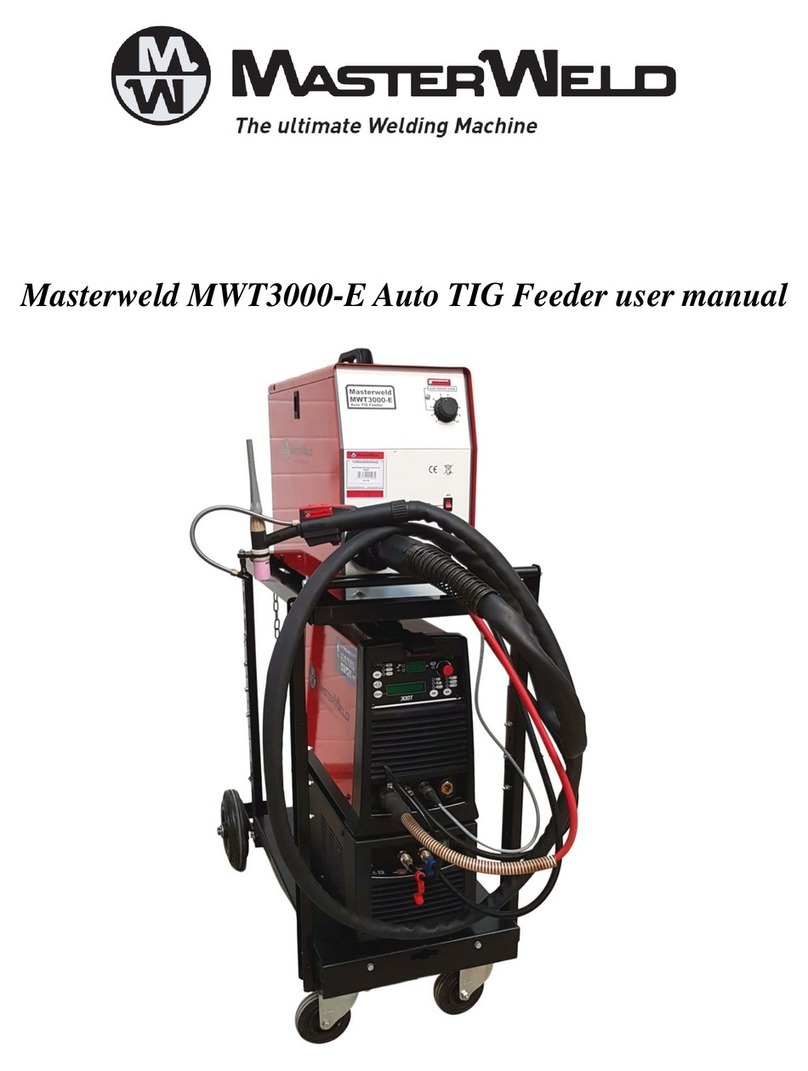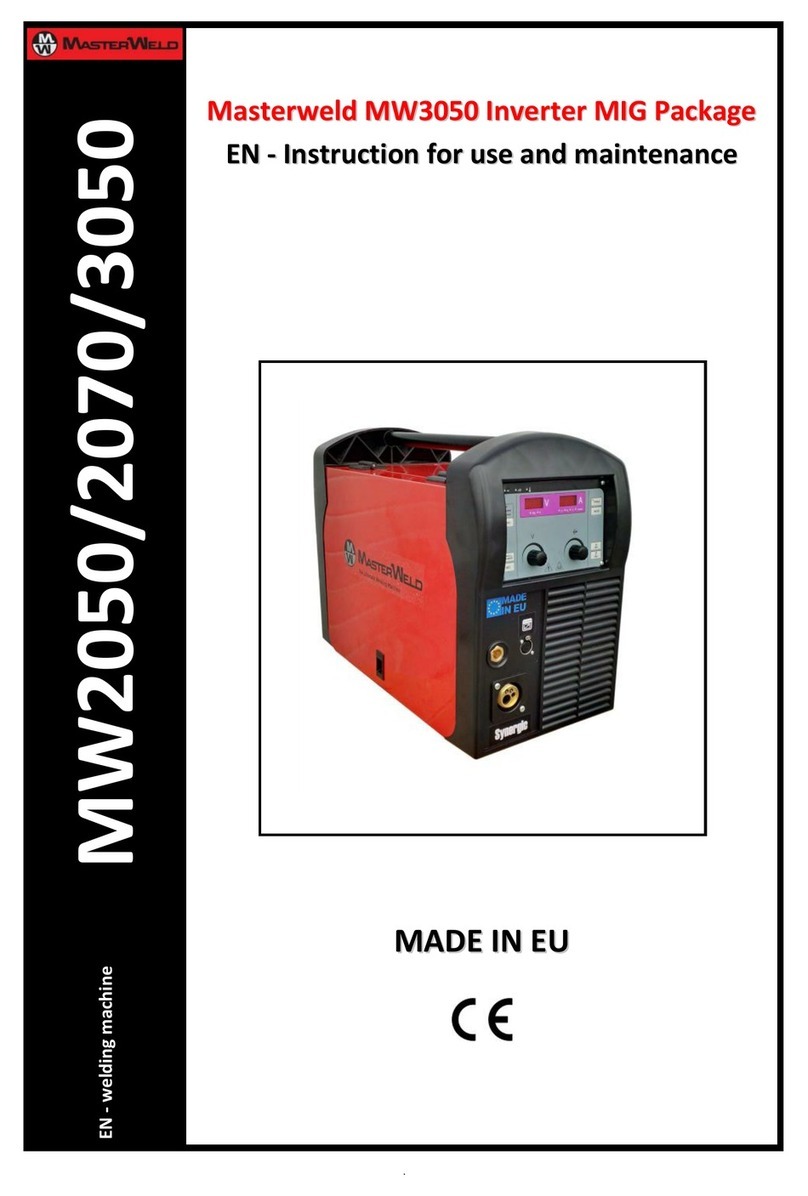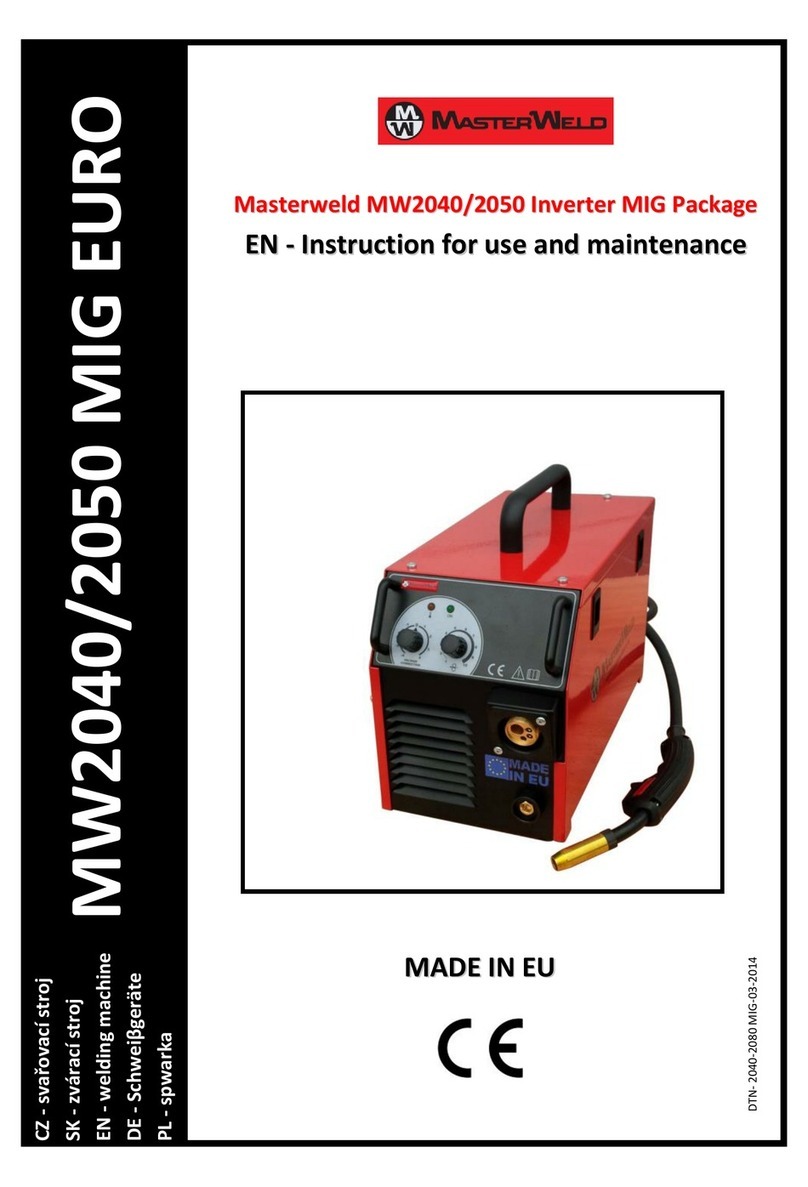−Prima di installare e utilizzare l’apparecchiatura
leggere le norme di sicurezza allegate al prodotto!
−Before installing and using the equipment read the
safety rules attached to it!
−Avant d’installer et d’utiliser l’appareillage, lisez
les normes de sécurité jointes au produit !
−Antes de instalar y utilizar la maquinaria, ¡leer las
normas de seguridad que se adjuntan al producto!
−Lesen Sie vor der Installation und dem Gebrauch
des Geräts die dem Produkt beiliegenden
Sicherheitsbestimmungen!
ITALIANO ............................................................................................1
1INTRODUZIONE ..........................................................................1
2INSTALLAZIONE.........................................................................1
3PANNELLO POSTERIORE .........................................................1
4PRESE FRONTALI ......................................................................1
5PANNELLO FRONTALE .............................................................2
6MODALITÁ DEL PULSANTE TORCIA .......................................4
6.1.1 Saldatura 2t Lift-Arc ............................................................................4
6.1.2 Saldatura 4t Lift-Arc ............................................................................5
6.1.3 Saldatura 2t Hf....................................................................................5
6.1.4 Saldatura 4t Hf....................................................................................5
6.1.5 Saldatura Bilevel.................................................................................5
6.1.6 Saldatura Puntatura............................................................................5
7MODALITÁ DI SALDATURA.......................................................6
7.1SALDATURA MMA...............................................................................6
7.1.1 Installazione........................................................................................6
7.2 SALDATURA TIG/TIG AC ....................................................................6
7.2.1 Installazione........................................................................................6
ENGLISH .............................................................................................7
8INTRODUCTION ..........................................................................7
9INSTALLATION ...........................................................................7
10 REAR PANEL ..............................................................................7
11 FRONT OUTLETS .......................................................................7
12 FRONT PANEL ............................................................................8
13 TORCH BUTTON MODE ...........................................................10
13.1.1 2t Lift-Arc Welding...........................................................................10
13.1.2 4t Lift-Arc Welding...........................................................................11
13.1.3 2t Hf Welding...................................................................................11
13.1.4 4t Hf Welding...................................................................................11
13.1.5 Bi-Level Welding .............................................................................11
13.1.6 Spot Welding...................................................................................11
14 WELDING MODE.......................................................................12
14.1 MMA WELDED WITH COATED ELECTRODE ..................................12
14.1.1 Installation .......................................................................................12
14.2 TIG/TIG AC WELDING .......................................................................12
14.2.1 Installation .......................................................................................12
FRANÇAIS.........................................................................................13
15 INTRODUCTION ........................................................................13
16 INSTALLATION .........................................................................13
17 TABLEAU ARRIERE .................................................................13
18 PRISES FRONTALES ...............................................................13
19 TABLEAU AVANT .....................................................................14
20 MODALITE DU BOUTON POUSSOIR TORCHE......................16
20.1.1 Soudage 2t À L’arc Souple..............................................................16
20.1.2 Soudage 4t À L’arc Souple..............................................................17
20.1.3 Soudage 2t Hf .................................................................................17
20.1.4 Soudage 4t Hf .................................................................................17
20.1.5 Soudage Bi-Étage ...........................................................................17
20.1.6 Soudage Pointage...........................................................................17
21 MODALITÉ DE SOUDAGE........................................................18
21.1 SOUDAGE MMA AVEC ÉLECTRODE ENROBÉE ............................18
21.1.1 Installation .......................................................................................18
21.2 SOUDAGE TIG/TIG AC......................................................................18
21.2.1 Installation .......................................................................................18
ESPAÑOL..........................................................................................19
22 INTRODUCCIÓN........................................................................19
23 INSTALACIÓN ...........................................................................19
24 PANEL POSTERIOR .................................................................19
25 TOMAS DELANTERAS.............................................................19
26 PANEL FRONTAL.....................................................................20
27 MODALIDAD DE LA TECLA ANTORCHA ...............................22
27.1.1 Soldadura 2t Lift-Arc............................................................................. 22
27.1.2 Soldadura 2t Lift-Arc............................................................................. 23
27.1.3 Soldadura 2t Hf................................................................................... 23
27.1.4 Soldadura 4t Hf................................................................................... 23
27.1.5 Soldadura Bilevel................................................................................. 23
27.1.6 Soldadura Por Puntos.......................................................................... 23
28 MODALIDAD DE SOLDADURA ...............................................24
28.1 SOLDADURAMMACONELECTRODOREVESTIDO............................. 24
28.1.1 Instalación.......................................................................................... 24
28.2 SOLDADURATIG/TIGAC..................................................................... 24
28.2.1 Instalación.......................................................................................... 24
DEUTSCH .........................................................................................25
29 EINLEITUNG..............................................................................25
30 INSTALLATION.........................................................................25
31 RÜCKWAND..............................................................................25
32 FRONTAN SCHLÜSSE .............................................................25
33 STIRNSEITIGE STEUERTAFEL ...............................................26
34 BETRIEBSART TASTE SCHNEIDBRENER.............................28
34.1.1 2T-LIFT-ARC-Schweißen ............................................................... 28
34.1.2 4T-LIFT-ARC-Schweißen ............................................................... 29
34.1.3 2T-HF-Schweißen........................................................................... 29
34.1.4 4T-HF-Schweißen........................................................................... 29
34.1.5 BI-LEVEL-Schweißen ..................................................................... 29
34.1.6 Punktschweissen ............................................................................ 30
35 SCHWEIßART ...........................................................................30
35.1 ELEKTRODENMANTEL-SCHWEIßEN.............................................. 30
35.1.1 Installation....................................................................................... 30
35.2 AC/DC WIG-SCHWEIßEN.................................................................. 30
35.2.1 Installation....................................................................................... 30
IT-GB-FR-ES-DE...............................................................................31
36 DATI TECNICI - TECHNICAL DATA - DONNEES TECHNIQUES
- DATOS TÉCNICOS - TECHNISCHE DATEN.........................31
37 RICAMBI - SPARE PARTS - PIÈCES DE RECHANGE -
RECAMBIOS - ERSATZTEILE..................................................32
38 SCHEMA ELETTRICO - ELECTRICAL DIAGRAM - SCHÈMA
ÈLECTRIQUE - ESQUEMA ELÈCTRICO - SCHLTTAFEL ......34

































